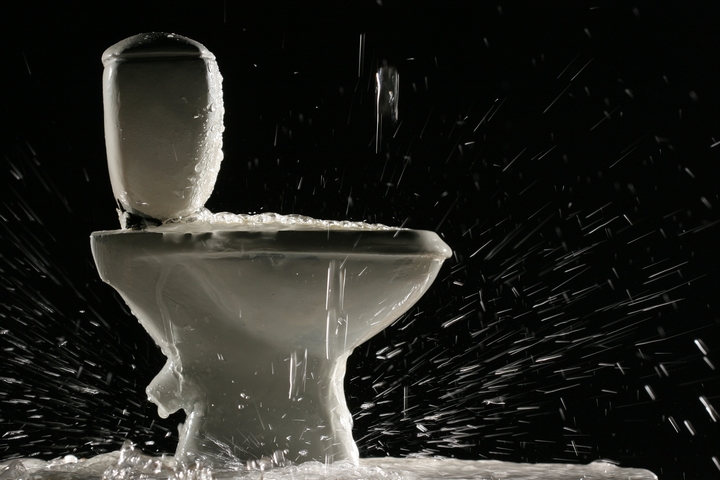Clogged toilets are common. People experience an overflowing toilet at some point in time. Everyone rarely thinks of the toilet until something goes wrong. Watching the water rise and reach the brim can cause anxiety, leading you to worry about how to unclog an overflowing toilet.
You do not necessarily need to call a plumber, as there are ways you can remove the clog by yourself. Do not worry with a little bit of practice, you can easily manage the situation and resolve the issue in no time. Most of the tools needed for unclogging a toilet blockage can be found at any hardware store.
Do not let a clogged toilet become a nightmare. There are some simple techniques to clear up the issue. Here are eight ways on how to unclog an overflowing toilet:
Method 1: Use a Plunger to Unclog the Toilet
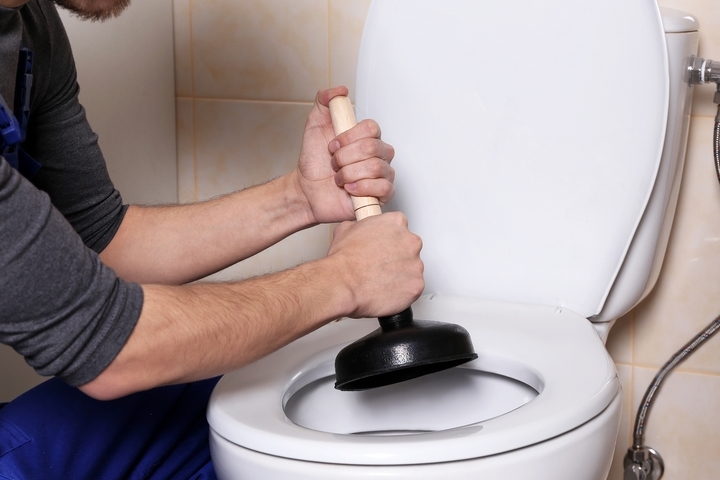
Make sure to use the right plunger, as there are different types of plungers for different plumbing fixtures. The toilet plunger is different to a sink or shower drain plunger. The toilet plunger is designed to seal off the toilet bowl and to allow for maximum suction.
Before you insert the plunger, scoop out some of the water, but keep a little to allow for adequate plunging force. If it is an old plunger that you have lying in storage, check if there are no cuts, cracks or holes. If you notice any, it is best to buy a new one.
Method 2: Use a Plumbing Snake to Unclog
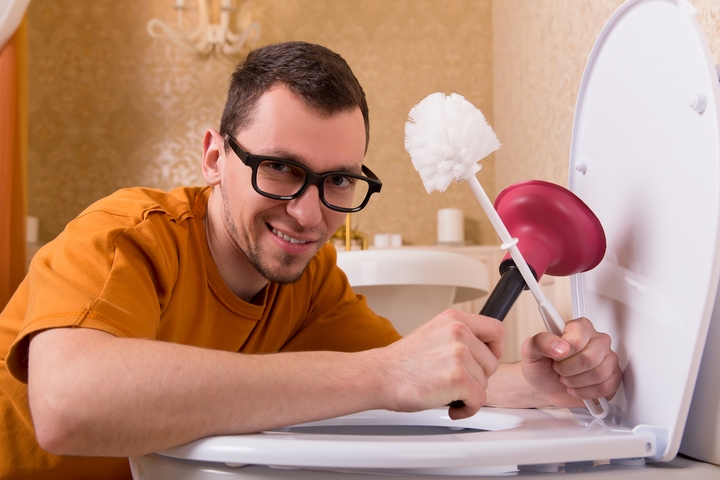
If the plunger does not fix the problem, you can try a plumbing snake. Plumbing snakes are efficient in draining toilet clogs. You probably have a plumbing snake that you use for your tubs and kitchen sink. You can use this snake or purchase one that is specific for the toilet.
Toilet snakes have a longer cord with a smaller head that can move easily through the pipe to find the clog. Make sure to use a snake that protects the porcelain at the throat of the bowl and that has a smaller turning head to break the clog. A smaller head prevents a breakage while draining the pipes. Twist and pull the snake to enable it to break up the obstruction and until you see the water drain.
Method 3: Use a Toilet Auger
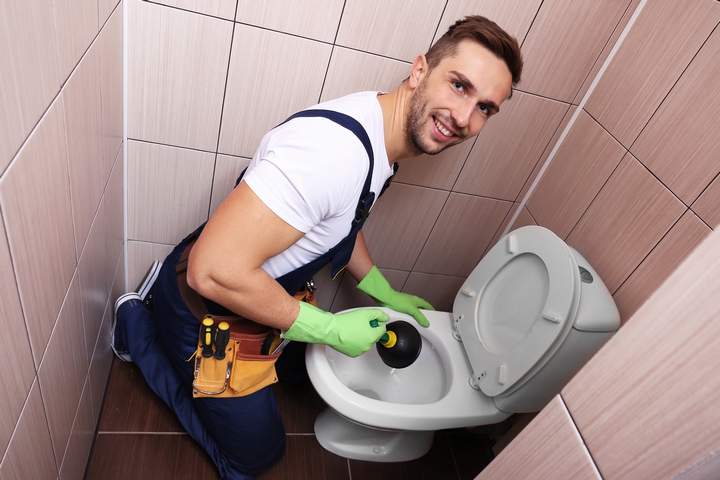
The toilet auger is different from a snake or hand auger. It is short and a hallow clean-out rod with a spring coil and hooked end. It can remove toilet paper, baby wipes and hair accumulated and trapped within the drainage pipe. It is easy to use a toilet auger and it requires less effort compared to using a plunger.
The toilet auger has a crank handle that you turn which is designed to fit into the toilet bowl and clean out the clog trapped. If you do not want to buy a toilet auger, you can always rent one to use. Toilet augers are inexpensive and particularly handy when needed. You might read about using wire hangers. Avoid using this as it can scratch your toilet bowl.
Method 4: Environment friendly drainage cleaner
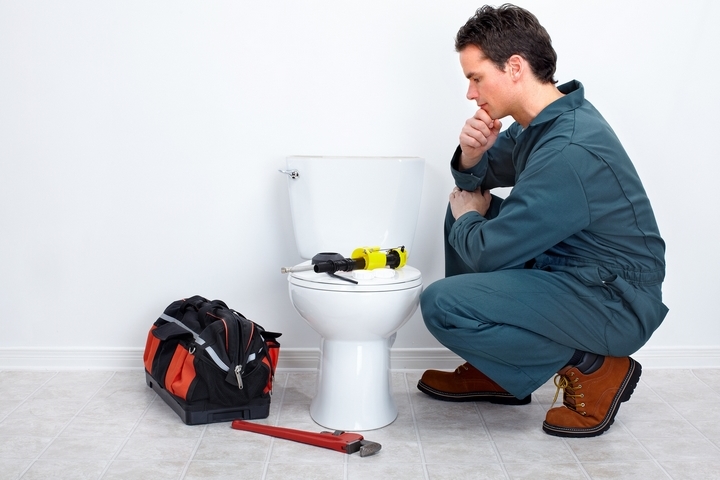
Find an environmentally friendly drainage product that you can use once you have removed all the water from your toilet bowl. Leave the product in for a few days until you see the drain clog removed. Many of these natural products remove the bad smells with a fragrance.
Method 5: Wet vacuum
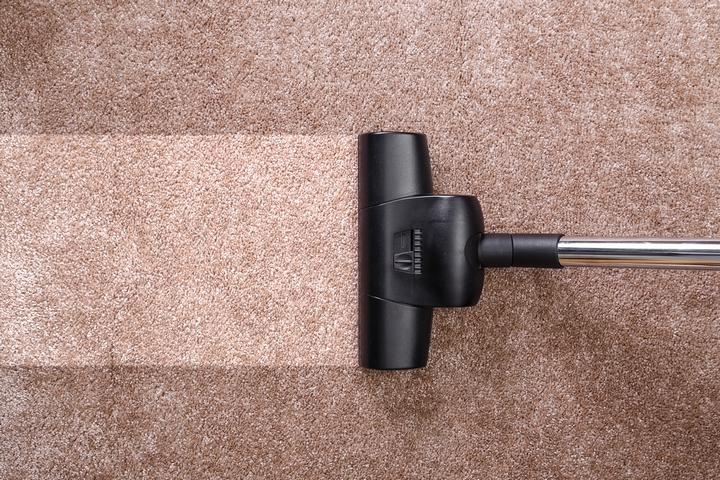
If you do not have all the professional tools, but have a wet vacuum at home, you can use it to unclog your toilet. For this approach, you need to shut down the water supply and then place your vacuum down the drainage pipe. A wet vacuum has proven to work for toilet paper clogging a brand new toilet. It easily sucks out the clog.
Method 6: Remove the toilet
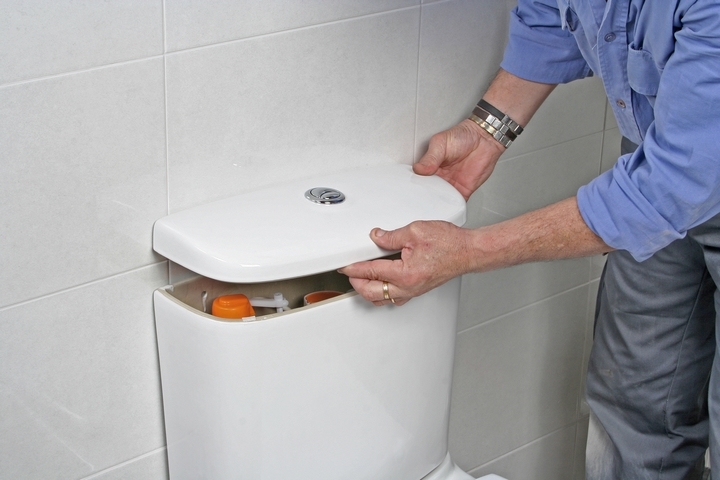
This method of unclogging the toilet should be your last resort as a DIY technique, especially if none of the above techniques work. You can remove the toilet and try to locate the blockage. Before you do that, turn off the water supply, pour out the water in your toilet and disconnect the supply tube. When you remove the toilet, turn it over to see the outlet side on the bottom of the toilet. A visual inspection may help to reveal the obstruction. You can use a snake or auger to remove the obstruction.
Method 7: Professional plumber
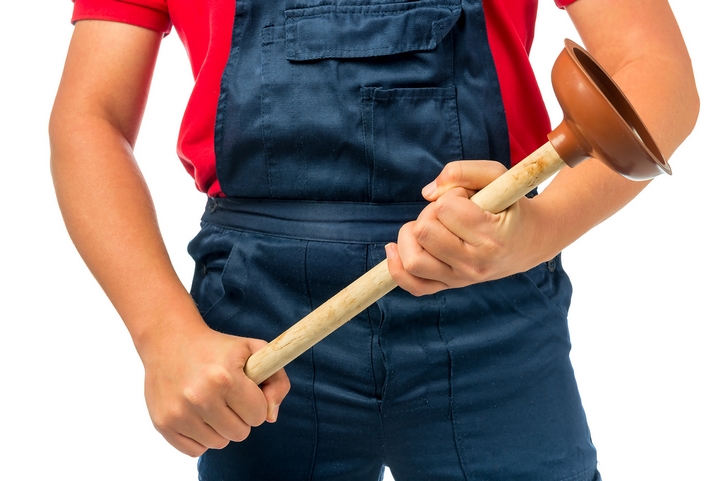
Call a plumber if you are experiencing difficulty in finding the clogged drains and draining the pipes. You might have to spend a little money, but you save time in resolving the issue. This way you can be less stressed and get back to your day-to-day activities.
Method 8: Toilet tank
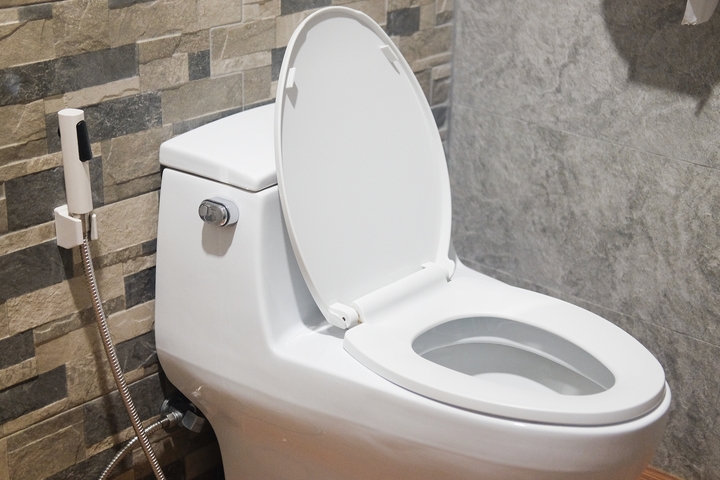
It is not always the drainage pipe that is clogged. It can also be your toilet tank that is the culprit. Your fill valve, safety device or overflow tube may require servicing. You may not have the experience to replace or repair these components. These issues will require immediate attention to prevent further damage to the floors or surrounding. Unless you are familiar with the mechanism of the toilet tank, do not attempt to fix it. Call a professional plumber, as he or she will know how to unclog an overflowing toilet.

